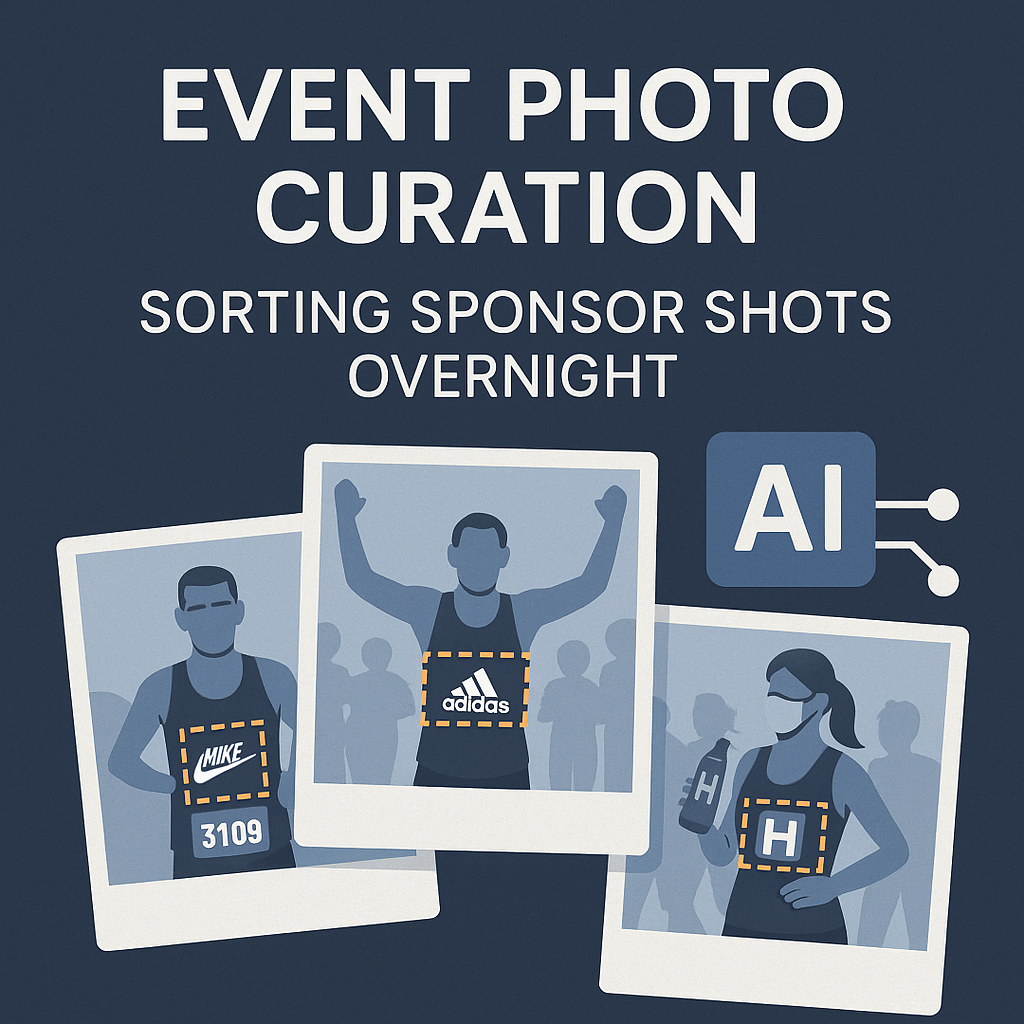
Event Photo Curation: Sorting Sponsor Shots Overnight
In the world of large-scale sporting events, speed is everything — not just on the track, but behind the scenes. With AI-powered logo recognition, event organizers can now sort through 100,000+ race-day photos in hours, automatically clustering images by sponsor and delivering curated galleries the very next morning. This shift isn’t just about automation — it’s a strategic advantage that boosts sponsor satisfaction, reduces operational costs, and turns content chaos into competitive clarity.
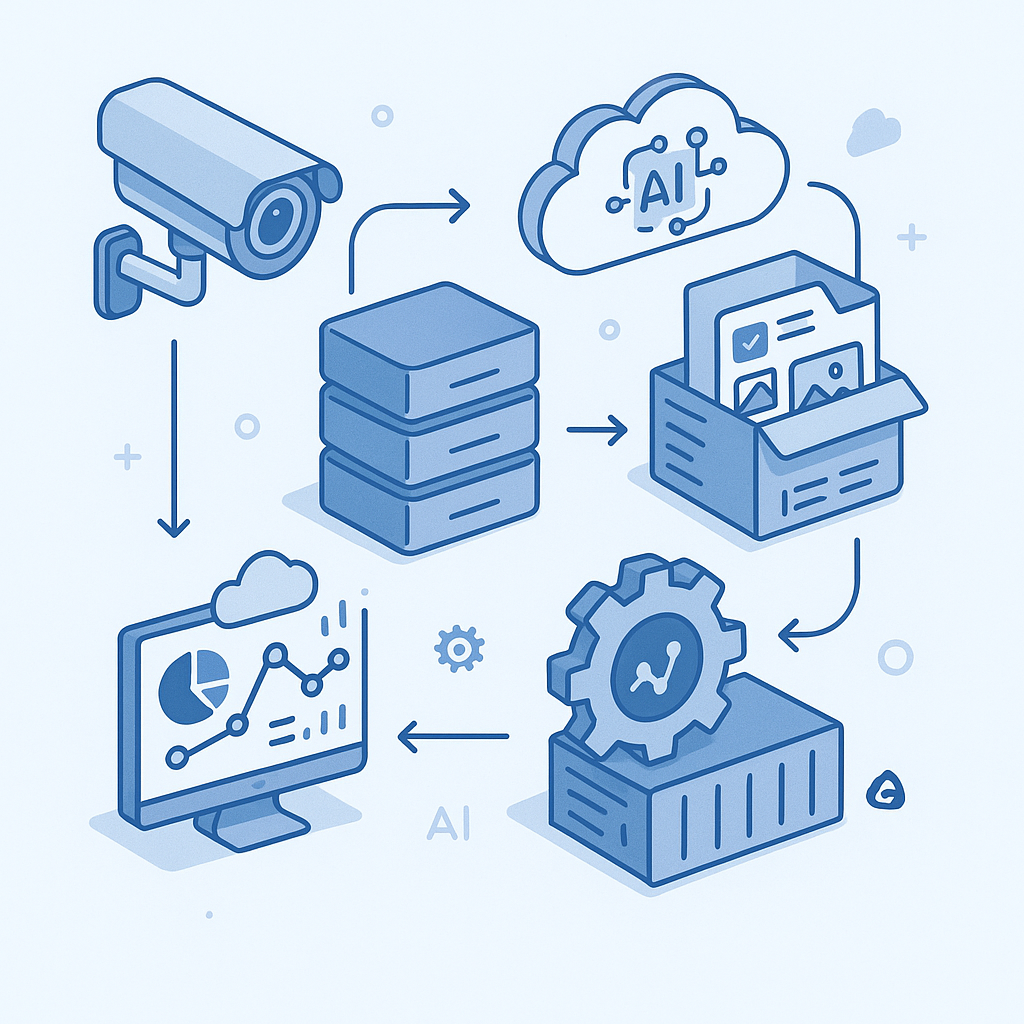
MLOps for Computer Vision: Automating the Model Lifecycle
As computer vision moves from experimental to essential, enterprises face a critical challenge: how to scale and maintain AI models in dynamic, real-world environments. Manual workflows can’t keep up. MLOps — the automation of the machine learning lifecycle — is becoming the key to unlocking long-term value from visual AI. In this post, we explore how modern MLOps frameworks help organizations accelerate deployment, reduce operational risk, and turn AI into a sustainable competitive advantage. From prebuilt APIs to self-healing pipelines, discover how to future-proof your vision strategy.

Explainable Vision AI: Opening the Black Box for Compliance
As AI-driven image analysis becomes central to business operations — from identity verification to brand monitoring — regulators and stakeholders are demanding more than just accuracy. They want transparency. In this blog post, we explore how explainable vision AI is transforming compliance from a reactive cost center into a strategic asset. Discover how modern techniques can open the black box of deep learning, reduce legal exposure, and build trust across your ecosystem — all while keeping your computer vision pipelines efficient and scalable.
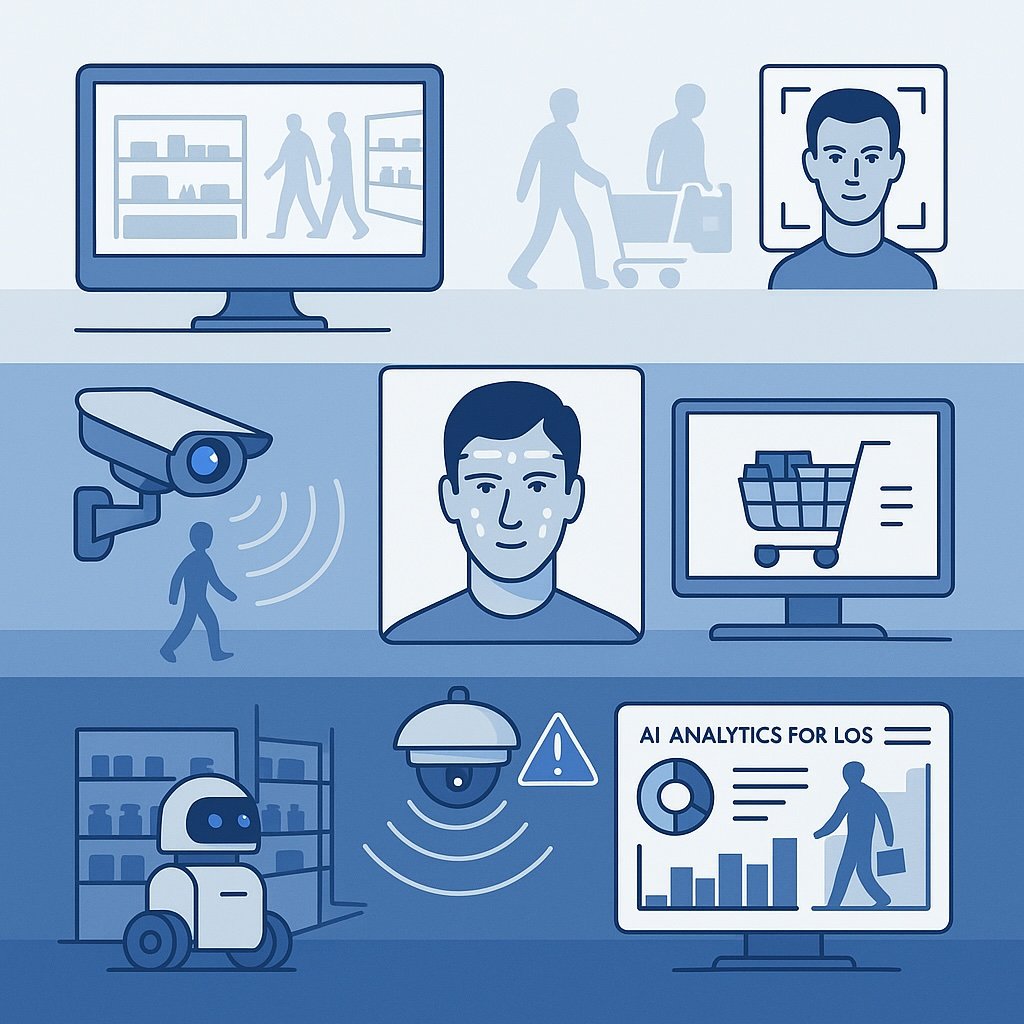
Computer Vision: Milestones, Trends & Future Insights
Computer vision has rapidly evolved from a research topic into a powerful business tool. In 2025, it's reshaping industries like retail, manufacturing, insurance, and content moderation by transforming images into actionable insights. This post explores the key milestones in computer vision's history, the six biggest trends driving its growth today, and a clear strategy for adopting vision technologies — from ready-to-use APIs to custom-built solutions. Whether you're looking to streamline operations, enhance customer experience, or gain a competitive edge, this guide will help you understand how to turn pixels into profit with AI-powered image processing.

Compliance Automation: Vision Alerts to SIEM
Real-time vision alerts are changing the way security and compliance teams respond to threats. Instead of relying only on system logs, organizations are now using computer vision to detect brand misuse, safety violations and restricted items on camera feeds — and sending those alerts directly into SIEM platforms like Splunk or Elastic. This blog post explores how vision-to-SIEM pipelines work, which detection playbooks offer the biggest value and how enriched alerts with thumbnails and context help teams act faster and smarter.

MES Integration: Real-Time Defect Feeds to ERP
A faulty part spotted by an edge camera can now trigger an automated ERP work order in seconds — no clipboard, no delay. This post explores how AI vision systems, real-time JSON payloads and message queues like MQTT or Kafka are transforming factory quality control into a seamless, self-correcting loop. Learn how manufacturers are integrating MES and ERP layers to reduce scrap, boost uptime and enable smarter, faster production decisions.
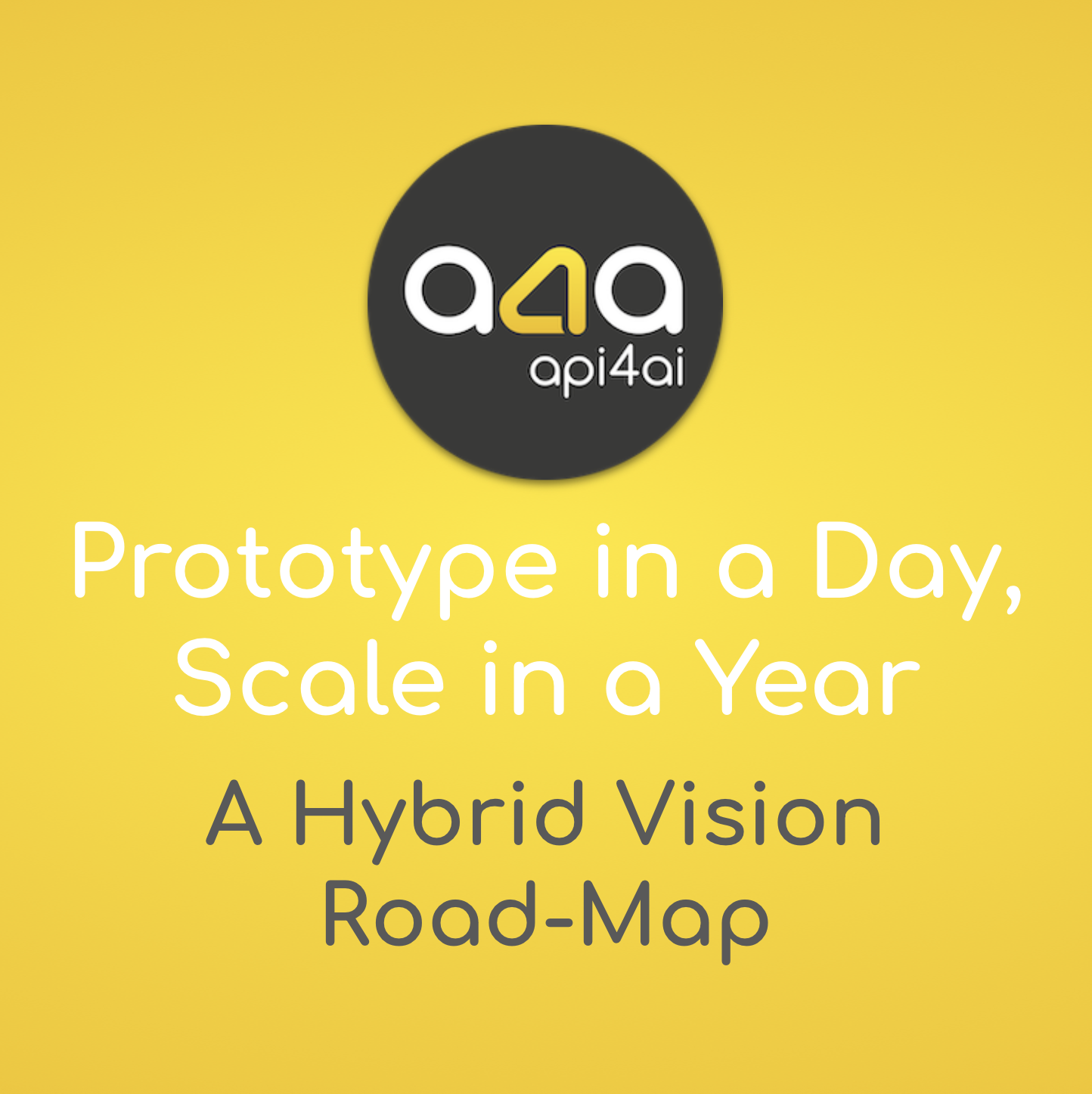
Prototype in a Day, Scale in a Year: A Hybrid Vision Road-Map
Computer vision is easier to start than ever — thanks to ready-made SaaS APIs that let teams build working prototypes in just hours. But what happens when those prototypes grow into high-traffic features, or when off-the-shelf models no longer meet performance, cost or accuracy demands? This blog post outlines a step-by-step, 12-month roadmap for scaling your vision AI stack — from your first API call to a fully containerized, GPU-powered infrastructure. Learn how to navigate the transition across three critical phases: the Day‑1 sandbox, the Month‑3 pilot, and the Month‑6 production rollout. Along the way, we break down key decision points, hybrid deployment strategies and tips for balancing fast results with long-term control. Whether you're experimenting with OCR, background removal or object detection, this guide helps you scale smart, reduce costs and prepare for growth.
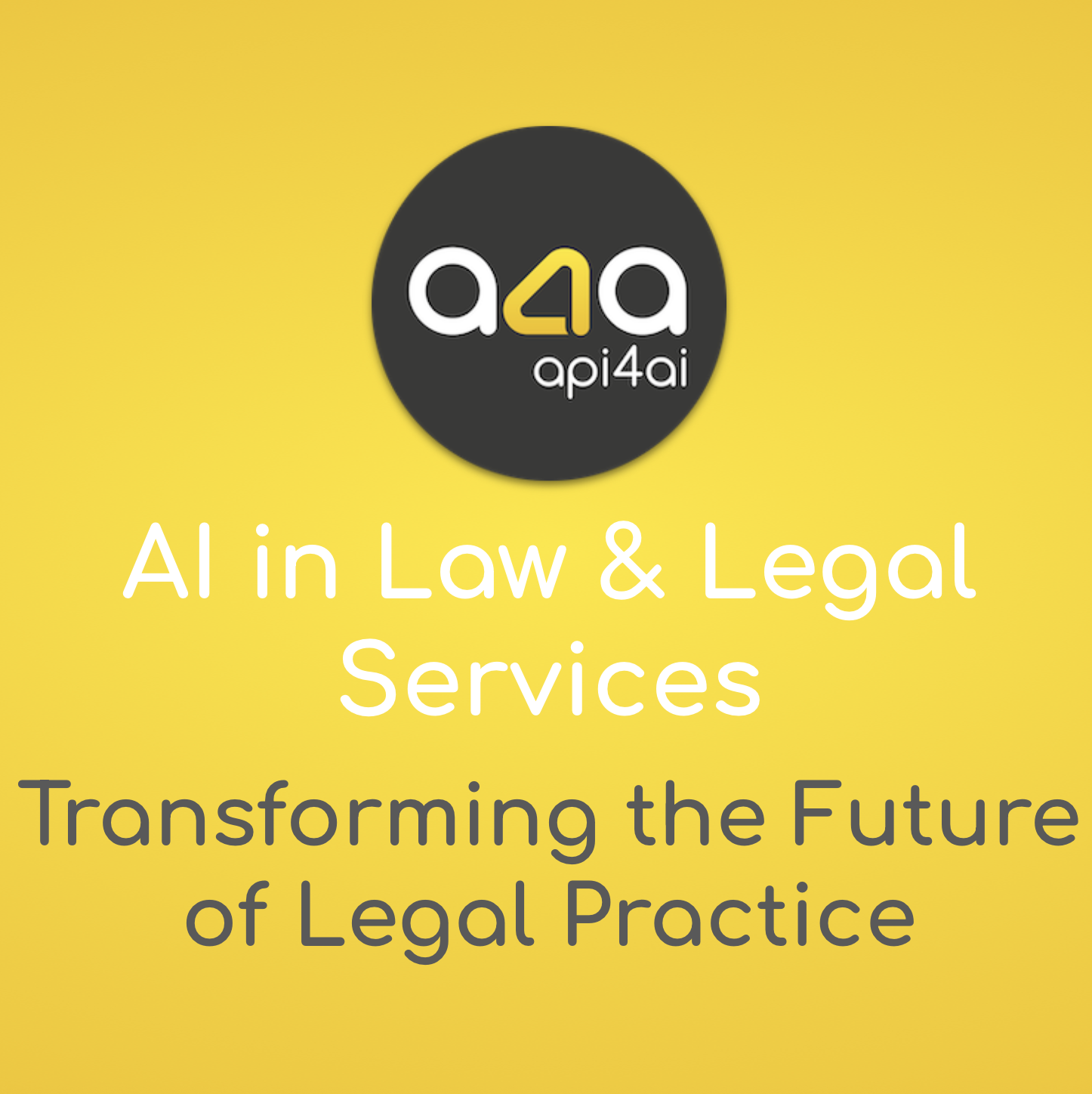
AI in Law and Legal Services
Artificial intelligence is rapidly reshaping the legal landscape, offering powerful tools to tackle growing volumes of visual and textual data. From analyzing surveillance footage for key evidence to digitizing and classifying thousands of legal documents with advanced OCR, computer vision is transforming how law firms, legal departments and courts operate. These AI-driven technologies enable faster case preparation, improved accuracy and significant cost savings — without compromising legal standards or data privacy. In this blog post, we explore how AI is revolutionizing evidence processing, document digitization and smart retrieval and how legal teams can leverage off-the-shelf APIs or custom-built solutions to stay ahead in an increasingly digital legal world.
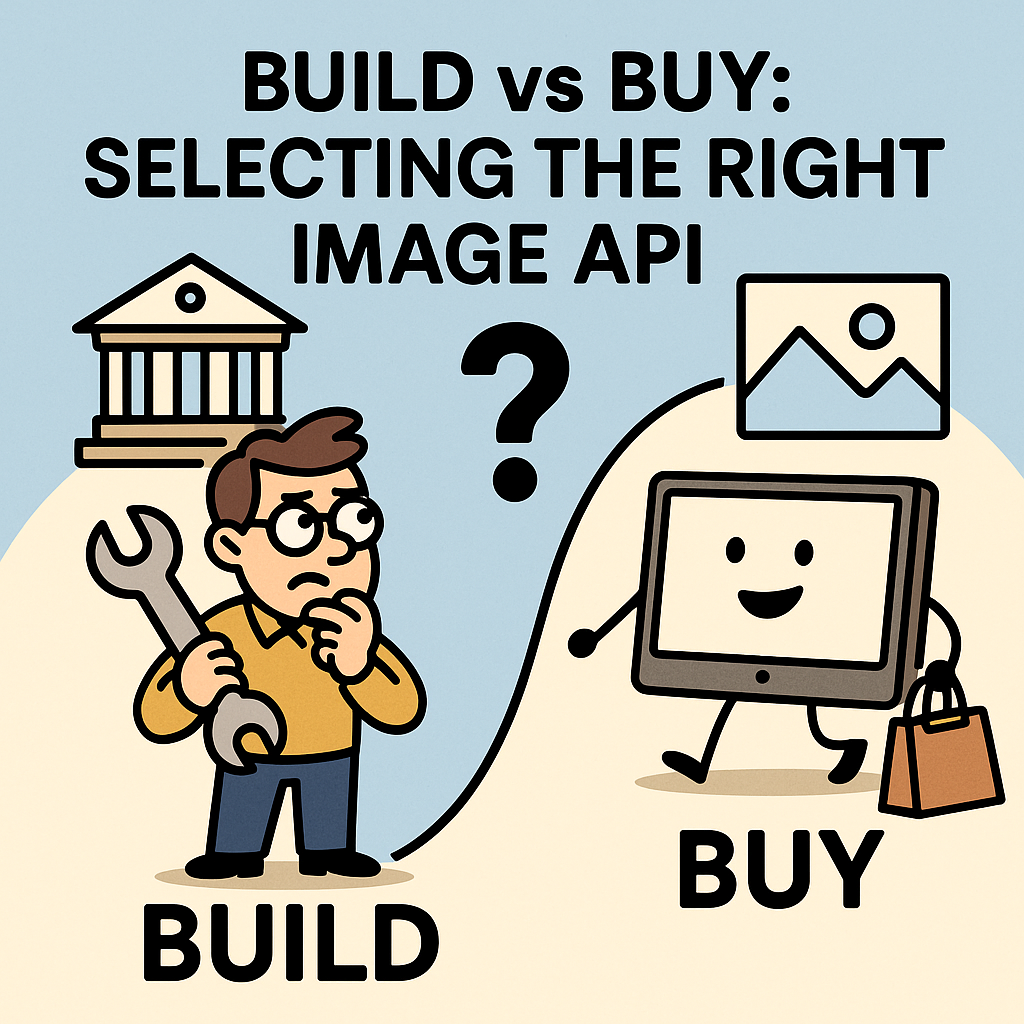
Build vs Buy: Selecting the Right Image API in 2025
In today’s AI-driven landscape, image recognition has become a core requirement across industries — from e-commerce and finance to security and social platforms. As 2025 pushes the boundaries of visual intelligence even further, one question continues to challenge technical leaders: should you build your own computer vision pipeline or buy an off-the-shelf API?
This blog post provides a deep, structured look into the Build vs Buy decision. We break down the total cost of ownership (TCO), model accuracy, speed to deployment, scalability, compliance and vendor risks — offering a clear decision matrix that CTOs and product leaders can use to choose the best approach for their unique context. Whether you’re launching a new feature, scaling your infrastructure or looking to future-proof your image processing capabilities, this guide offers strategic insights, real-world benchmarks and practical tools. Learn how modern teams are combining cloud APIs and custom vision models to balance speed, cost and control — and how you can do the same.
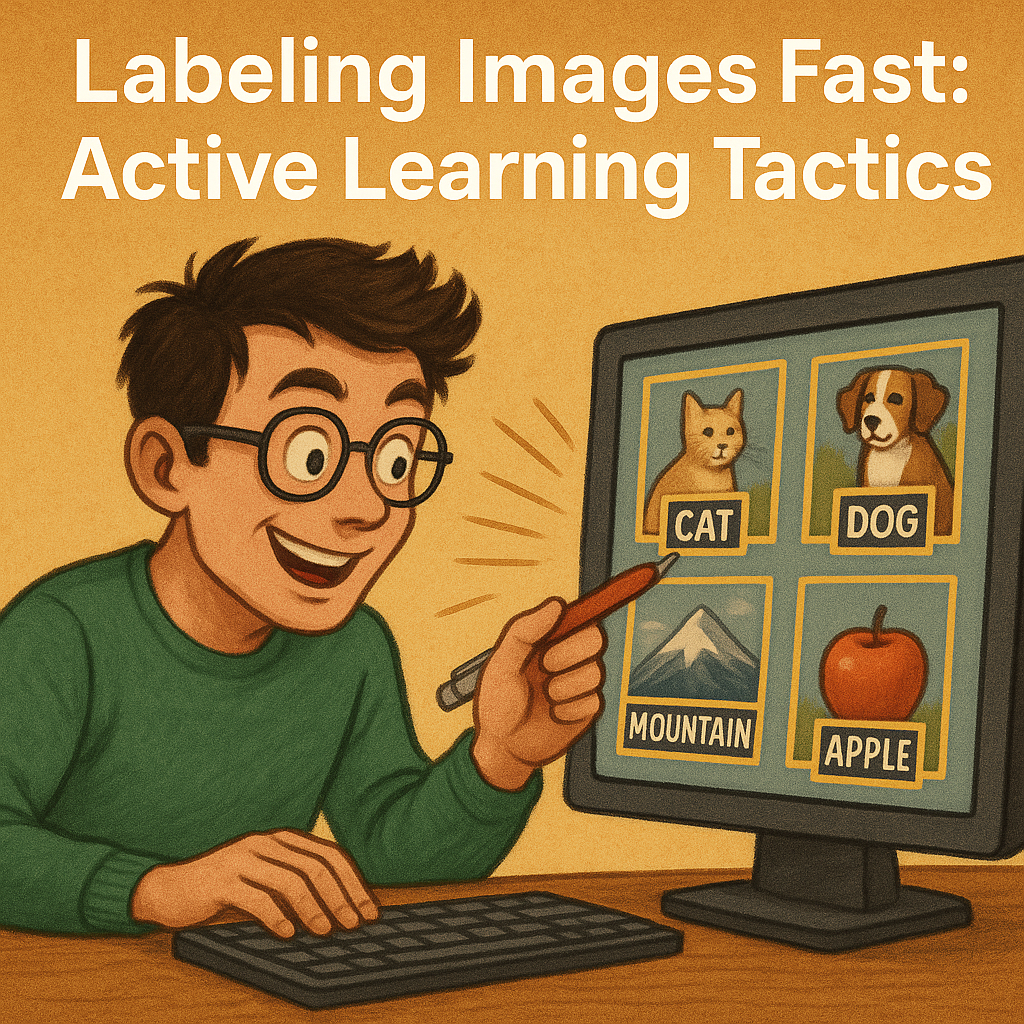
Labeling Images Fast: Active Learning Tactics
Labeling images for computer vision models used to be slow, costly and overwhelming — but it doesn’t have to be anymore. In this blog post, we dive into modern active learning tactics, human-in-the-loop (HITL) workflows and semi-supervised learning techniques that help you slash annotation costs by 30–70% without sacrificing data quality. Learn how to build a lean, scalable labeling pipeline using confidence sampling, smart review structures, cloud vision APIs for pre-labeling and serverless automation. Whether you’re creating object detection models, fine-tuning OCR pipelines, or launching custom AI solutions, mastering these strategies will help you deliver better results, faster and cheaper, while setting your AI projects up for long-term success.

Ethical Vision AI: Fighting Bias & Privacy
Vision AI is transforming industries from retail to public safety — but without careful attention, it can also introduce bias and privacy risks. In this blog post, we explore how ethical challenges emerge in face recognition, surveillance and analytics and lay out practical strategies for building fair, transparent and privacy-first computer vision systems. From curating balanced datasets to designing explainable models and deploying anonymization tools like API4AI’s Image Anonymization API, discover how businesses can turn responsible AI practices into a powerful competitive advantage. Learn why ethics isn’t just about compliance — it’s the future of trusted innovation.

Transfer Learning Hacks for Rapid Image Models
Transfer learning has revolutionized the way we build image models — especially when time, data or compute power is limited. In this beginner-friendly guide, you'll learn how to fine-tune pre-trained giants like VGG, EfficientNet and CLIP to achieve fast, accurate results on small datasets. From smart layer freezing to real-world use cases in retail, agriculture and content moderation, we’ll show you how to build powerful vision systems without starting from scratch. Perfect for startups, solo devs or any team looking to do more with less.

From MVP to Production: A Complete Computer Vision Project Lifecycle
Bringing a computer vision model from a prototype to full production is a complex journey that goes far beyond just training an accurate neural network. A successful AI-powered vision system requires continuous refinement, real-world validation and seamless integration with broader software infrastructure.
In this post, we explore the complete lifecycle of a computer vision project, from data collection and iterative model training to deployment, monitoring and continuous learning. Along the way, we discuss key challenges such as uncertain estimates, evolving real-world conditions and the need for long-term optimization to maintain accuracy and scalability.
We also highlight the difference between ready-made APIs for quick deployment and custom AI solutions for businesses needing specialized performance and control. While off-the-shelf solutions can be a great starting point, investing in a tailored model often leads to higher ROI, reduced operational costs and long-term competitive advantages.
Whether you're experimenting with AI-powered image processing for the first time or looking to refine an existing solution, understanding the full lifecycle of computer vision is key to unlocking its true potential.
